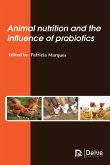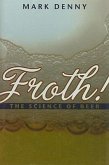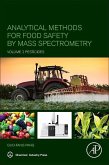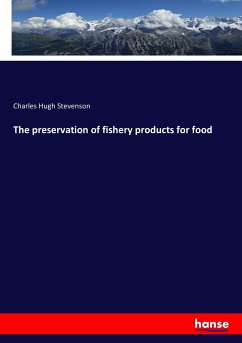1 History and development of probiotics.- 1.1 Introduction.- 1.2 History.- 1.3 Composition of probiotic preparations.- References.- 2 Bacterial interactions in the gut.- 2.1 Introduction.- 2.2 Methods for studying bacterial interactions.- 2.3 Main types of bacterial interactions in the gut.- 2.3 Conclusions.- References.- 3 Metabolic interactions in the gut.- 3.1 Introduction.- 3.2 Mammalian intestinal metabolism.- 3.3 Gut bacterial metabolism.- 3.4 Conclusions.- References.- 4 Translocation and the indigenous gut flora.- 4.1 Introduction.- 4.2 Defence against bacterial translocation.- 4.3 Bacterial translocation in animal models with multiple deficiencies in host defences.- 4.4 Conclusion.- References.- 5 Gut flora and disease resistance.- 5.1 Introduction.- 5.2 Colonization resistance.- 5.3 Suppression of the multiplication of pathogens by the intestinal microflora.- 5.4 Mechanisms responsible for suppression of pathogens.- 5.5 Conclusions.- 5.6 The probiotic concept.- References.- 6 Factors affecting the microecology of the gut.- 6.1 Introduction.- 6.2 Definitions.- 6.3 Use of one or a limited number of bacterial strains in probiotic preparations.- 6.4 Ecological considerations.- 6.5 Recommendations for future developments.- References.- 7 Probiotics and the immune state.- 7.1 Introduction.- 7.2 Effect of orally administered lactic acid bacteria on immunity: non-specific and specific immune response.- 7.3 Effect of oral administration on the secretory immune system.- 7.4 Effect on the protection against enteric infections.- References.- 8 Genetit manipulation of gut microorganisms.- 8.1 Introduction.- 8.2 Microbes of potential interest.- 8.3 Molecular genetical studies.- 8.4 Stability of genetic determinants.- 8.5 Possible developments.- 8.6 Release of genetically modified microbes.- 8.7 Conclusions.- References.- 9 Selection of strains for probiotic use.- 9.1 Introduction.- 9.2 Aim of this chapter.- 9.3 First steps in the choice of microbial strains.- 9.4 Species and viability of probiotic microorganisms.- 9.5 Processing of viable microorganisms to end-products.- 9.6 Resistance to in vivo conditions.- 9.7 Adherence and colonization.- 9.8 Antimicrobial activity.- 9.9 Gene technology.- 9.10 Conclusion.- References.- 10 Probiotics for chickens.- 10.1 Introduction.- 10.2 The normal intestinal flora of poultry.- 10.3 Host-microbial flora interactions.- 10.4 The application of probiosis to poultry.- 10.5 Lactic acid bacteria as probiotics.- 10.6 Competitive exclusion.- 10.7 Immunity.- 10.8 Bacteriophages.- 10.9 Summary.- References.- 11 Probiotics for pigs.- 11.1 Introduction.- 11.2 Special features of pigs relevant to the use of probiotics.- 11.3 Current use of probiotics.- 11.4 Efficacy.- 11.5 Functional characteristics of potential probiotic strains.- 11.6 General discussion.- References.- 12 Probiotics for ruminants.- 12.1 Introduction.- 12.2 Probiotics for young ruminants.- 12.3 Fungal feed additives for adult ruminants.- 12.4 Bacterial probiotics for adult ruminants.- 12.5 Future developments.- References.- 13 Probiotics for humans.- 13.1 Introduction.- 13.2 Colonization of the gastrointestinal tract.- 13.3 Current use of probiotics.- 13.4 Nutritional benefits of probiotics.- 13.5 Therapeutic benefits of probiotics.- 13.6 More recent developments in the area of probiotics and health.- 13.7 Properties required for probiotics to be effective in nutritional and therapeutic settings.- 13.8 Future development of probiotics for human use.- 13.9 Future applications of probiotics.- 13.10 Techniques for probiotic modification.- References.- 14 Problems and prospects.- 14.1 Introduction.- 14.2 Factors affecting the probiotic response.- 14.3 Future developments.- 14.4 Summary.- References.








